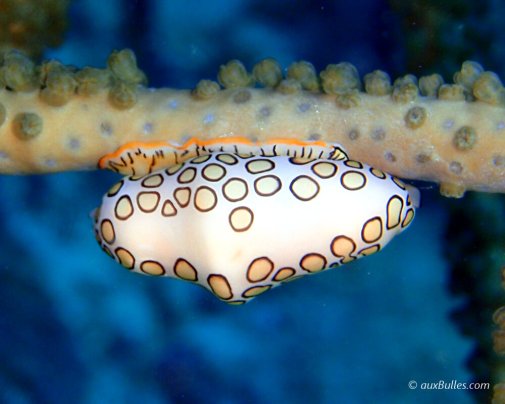Sealife guideShells, spirals and surprises: the world of marine gastropodsThe marine mollusks
Last updated on 10/16/2025 at 11:50 PM
The class of gastropods includes an immense variety of marine animals, all sharing one key feature: the presence of a univalve shell, a shell made of a single piece, unlike the bivalves, which have two. This shell protects their soft bodies and serves as a shelter they can close when danger approaches.
Spiraled shells
In most gastropods, the shell takes on an elegant spiral shape, a true masterpiece of natural symmetry. This spiral, which may coil to the right or to the left depending on the species, is not only beautiful but also practical: it allows the animal to fit its body inside while maintaining a compact and strong structure.
Amazing exceptions
But nature loves exceptions! Some gastropods have a conical shell rather than a spiral one, while others have lost it entirely. This is the case of the pink sea slug, a small nudibranch with bright colors and delicate shapes. Without a shell, it compensates for its vulnerability through chemical defenses and vivid warning colors, real « don't eat me » signals to would-be predators.
Nudibranchs: jewels of the ocean
Nudibranchs, often called sea slugs, are among the most spectacular gastropods. Their soft, shell-less bodies display extravagant shapes and dazzling colors, ranging from electric blue to translucent pink. These colors don't just please the human eye, they warn predators of their toxicity or bad taste.
Some nudibranchs even have the ability to absorb the toxins or stinging cells of their prey and reuse them for their own defense, a true masterpiece of evolutionary adaptation.
An incredible diversity
From sea snails to sea slugs, marine gastropods inhabit every ocean zone, from rocky shores to the deepest abysses. Their diversity of shapes, sizes and behaviors makes them one of the most fascinating groups in the marine world, a shining example of nature's ingenuity.
Discover marine gastropods

Black and green sea slug
(Nembrotha kubaryana)
(Nembrotha kubaryana)
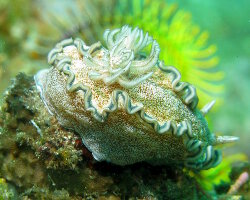
Brown edge glossodorid
(Glossodoris hikuerensis)
(Glossodoris hikuerensis)
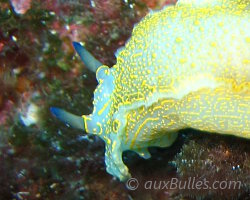
Giant doris
(Felimare picta)
(Felimare picta)

Glossodoris cincta nudibranch
(Glossodoris cincta)
(Glossodoris cincta)

Grapeweed sea slug
(Sacoproteus smaragdinus)
(Sacoproteus smaragdinus)
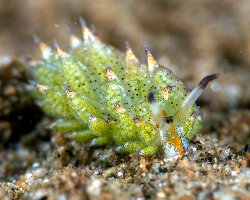
Little leaf sheep
(Costasiella kuroshimae)
(Costasiella kuroshimae)
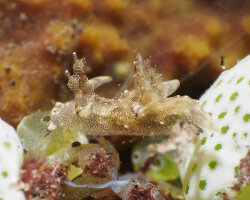
Nudibranch Trapania palmula
(Trapania palmula)
(Trapania palmula)

Tiger cowrie
(Cypraea tigris)
(Cypraea tigris)
Discover marine mollusks

Coconut octopus
(Amphioctopus marginatus)
(Amphioctopus marginatus)
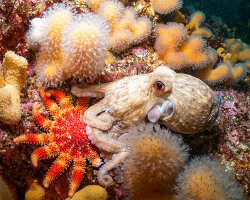
Curled octopus
(Eledone cirrhosa)
(Eledone cirrhosa)

Flamboyant cuttlefish
(Metasepia pfefferi)
(Metasepia pfefferi)
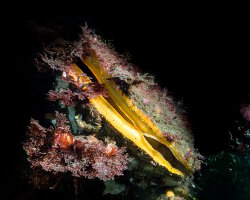
Giant rock scallop
(Crassadoma gigantea)
(Crassadoma gigantea)
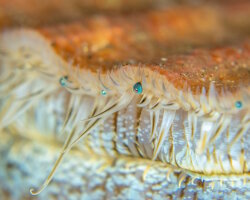
Great atlantic scallop
(Pecten maximus)
(Pecten maximus)
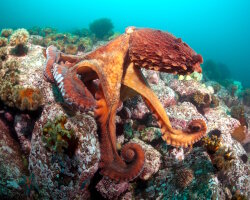
North Pacific giant octopus
(Enteroctopus dofleini)
(Enteroctopus dofleini)

Pharaoh cuttlefish
(Sepia pharaonis)
(Sepia pharaonis)
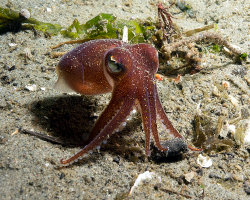
Stubby squid
(Rossia pacifica)
(Rossia pacifica)
Our latestUpdates

Friday, December 19th 2025
The magic of Christmas decorations
Discover Christmas decorations in Florida: giant trees, illuminated palm trees, magical light displays and tropical settings to experience the holiday magic under the sun.
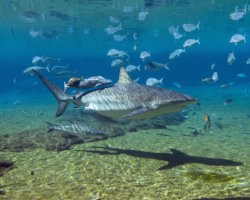
Monday, December 15th 2025
The dusky shark
Discover the dusky shark, one of the world's largest coastal sharks, and learn why this powerful predator is essential to marine ecosystems.

Friday, December 12th 2025
Christmas magic at Disney hotels
Experience the magic of Christmas at Disney hotels: enchanting decorations, giant Christmas trees, dazzling lights and a festive holiday atmosphere.
Photo of the Day

Baliste à rayures orange
(Balistapus undulatus)
(Balistapus undulatus)

